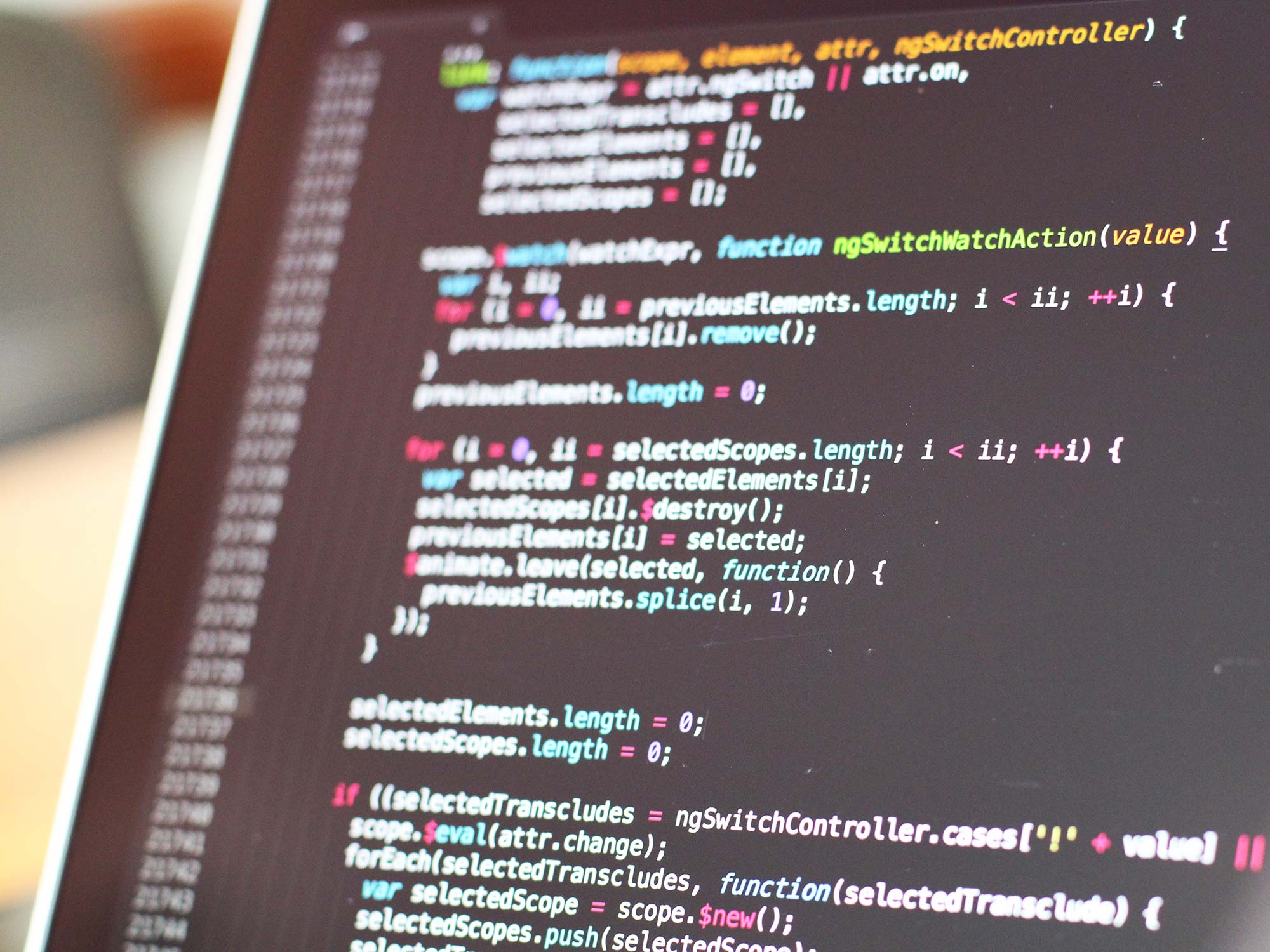A decentralized application does not necessarily need to run on top of a blockchain network, such as Electra Protocol. Software such as Tor and BitTorrent are examples for decentralized applications that run on a peer-to-peer network, but not on a blockchain – which is a special kind of peer-to-peer network.
Decentralized applications (dApps) are a piece of so ware that communicates with their corresponding blockchain, which manages the state of all network actors. The interface of the decentralized applications does not look any different than any website or mobile app today. The smart contract represents the core logic of a decentralized application. Smart contracts are integral building blocks of blockchains, that process information from external sensors or events and help the blockchain manage the state of all network actors. Electra Protocol plans to release smart contracts during 2022. After that developers will be able to create smart contracts, their own public tokens, and decentralized applications using Electra Protocol. Stunning times ahead for Decentralized Finance and other possible use cases.



